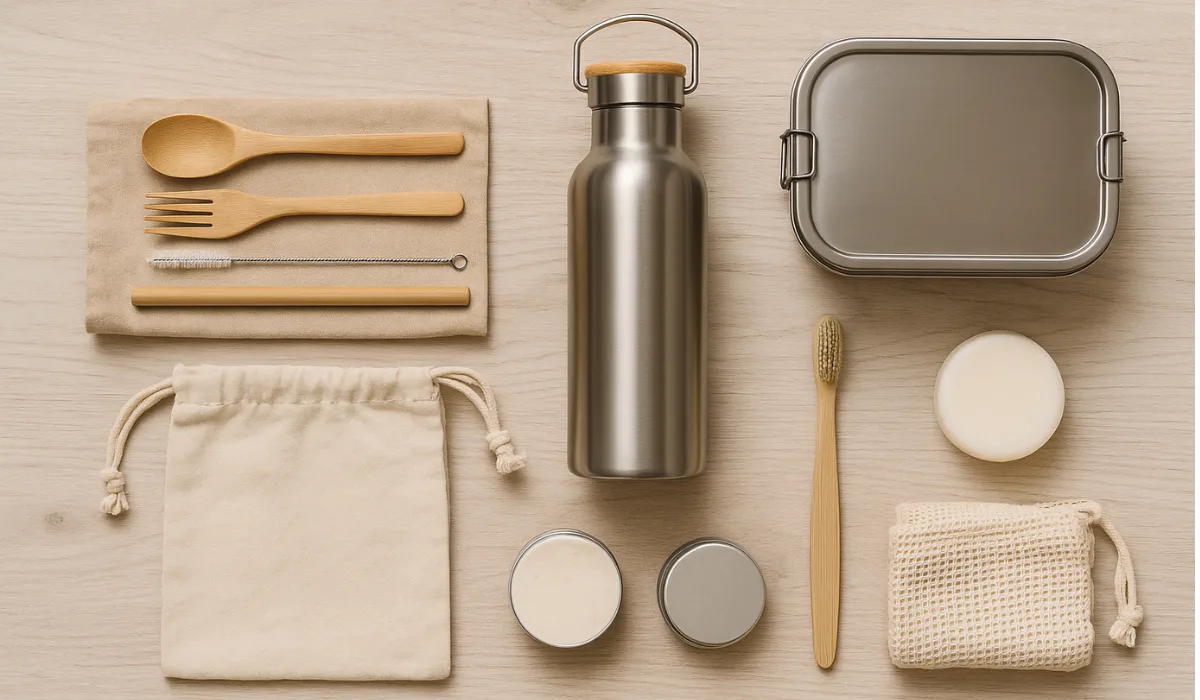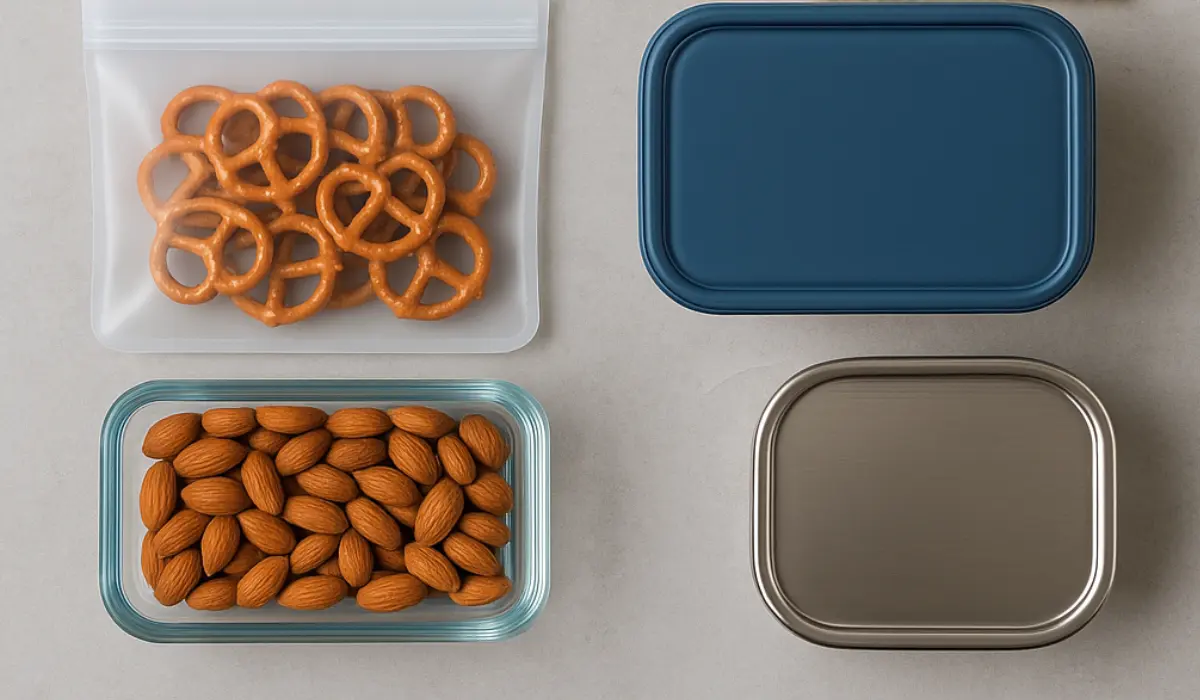As the global conversation around sustainability continues to gain momentum, more people are seeking practical ways to reduce their household waste and live more eco-consciously. One of the most impactful steps you can take is building a zero waste compost system at home.
This guide will walk you through everything you need to know—from the basics of composting to building a functional and sustainable system that recycles your organic waste efficiently.
What is a Zero Waste Compost System?
A zero waste compost system is a method of managing household organic waste where nearly all biodegradable materials are diverted from landfills and instead converted into compost. Unlike traditional composting, which may still allow for some waste or inefficiencies, a zero waste approach seeks to eliminate all compostable waste output.
Benefits of a Zero Waste Compost System:
-
Reduces landfill contribution and greenhouse gases
-
Enriches soil naturally, reducing the need for chemical fertilizers
-
Lowers household waste disposal costs
-
Encourages mindful consumption and waste separation
-
Supports a regenerative lifestyle
Step 1: Choose the Right Composting Method
There is no one-size-fits-all system when it comes to composting. The best method depends on your space, climate, time commitment, and type of organic waste. Here are a few popular options:
1. Backyard Composting (Aerobic):
Best for homes with gardens or yards.
-
Pros: Low cost, good for yard and kitchen scraps
-
Cons: Requires outdoor space and regular turning
2. Vermicomposting (Using Worms):
Great for apartments and indoor composting.
-
Pros: Compact, odor-free when maintained, fast decomposition
-
Cons: Sensitive to temperature, worms require care
3. Bokashi Composting (Anaerobic):
A Japanese technique using fermentation.
-
Pros: Accepts all food waste including meat and dairy
-
Cons: Requires Bokashi bran and sealed containers
Step 2: Select or Build Your Compost Bin
Depending on your method, your bin setup will vary. Here are options you can either buy or DIY:
Backyard Compost Bin:
-
Wooden pallets or a tumbling compost barrel
-
Size: at least 3 ft x 3 ft for optimal heat
Worm Bin for Vermicomposting:
-
Stacked plastic bins with air holes and drainage
-
Keep in a cool, dark space
Bokashi Bin:
-
Airtight bucket with a drainage spout
-
Must be kept sealed during fermentation
💡 Tip: Reuse or upcycle containers to align with the zero waste philosophy.
Step 3: Understand What You Can Compost
To maintain a healthy compost system, it’s crucial to balance greens (nitrogen-rich) and browns (carbon-rich) materials.
Greens (Nitrogen):
-
Fruit and vegetable scraps
-
Coffee grounds and tea bags
-
Grass clippings
-
Eggshells
Browns (Carbon):
-
Dry leaves
-
Paper towels and napkins (unbleached)
-
Shredded newspaper
-
Sawdust and wood chips
Avoid Composting:
-
Plastic, glass, or metals
-
Diseased plants
-
Glossy paper or magazines
-
Animal waste (except for Bokashi)
Step 4: Set Up a Collection System
Make it easy to collect compostable waste by keeping a small container in your kitchen.
-
Use a lidded bucket or countertop bin
-
Empty it daily into your main compost system
-
Label bins clearly to educate family or housemates
For true zero waste, consider biodegradable liners or go liner-free and rinse regularly.
Step 5: Maintain the System
Successful composting is all about balance and attention. Here’s how to keep your system running smoothly:
Backyard Compost:
-
Turn the pile every 1–2 weeks for aeration
-
Monitor moisture: it should feel like a wrung-out sponge
-
Add equal parts green and brown materials
Vermicomposting:
-
Feed worms weekly with small, chopped food scraps
-
Keep bedding (shredded newspaper) moist
-
Avoid citrus, onions, and spicy foods
Bokashi:
-
Add food daily and sprinkle Bokashi bran
-
Press down contents to remove air
-
Drain liquid every few days (can be used as fertilizer)
Step 6: Harvest Your Compost
After 2–4 months (depending on the method), you’ll have dark, crumbly compost.
-
Backyard: Sift finished compost to remove large pieces
-
Vermicompost: Separate worms and harvest castings
-
Bokashi: Bury fermented waste in soil for 2–4 weeks before using
Use your compost for:
-
Garden beds
-
Potted plants
-
Lawn top-dressing
-
Community gardens
Step 7: Strive for Full Circularity
A zero waste compost system doesn’t stop at composting—it encourages changes in purchasing and lifestyle:
-
Buy whole, unpackaged produce
-
Choose compostable or reusable products
-
Meal plan to reduce food waste
-
Engage in local composting or share excess compost
Common Challenges and How to Solve Them
Odor Problems:
-
Add more browns
-
Improve aeration
-
Avoid adding meat/dairy (unless using Bokashi)
Fruit Flies:
-
Bury food scraps deeper
-
Freeze scraps before adding
-
Keep bins closed tightly
Slow Decomposition:
-
Chop food waste smaller
-
Add more greens or browns depending on balance
-
Keep the pile moist and warm
Why a Zero Waste Compost System Matters
According to the UN Environment Programme, one-third of all food produced globally is wasted. When organic waste ends up in landfills, it emits methane, a potent greenhouse gas.
By composting, you help:
-
Mitigate climate change
-
Improve soil health and biodiversity
-
Foster a sustainable, regenerative future
Final Thoughts
Building a zero waste compost system at home is one of the most empowering and impactful steps you can take toward sustainability. Whether you live in an urban apartment or a rural farmhouse, there’s a composting method for you.
Embrace the process, learn from the challenges, and share your success with others. A greener, more responsible world starts with small actions like composting.









